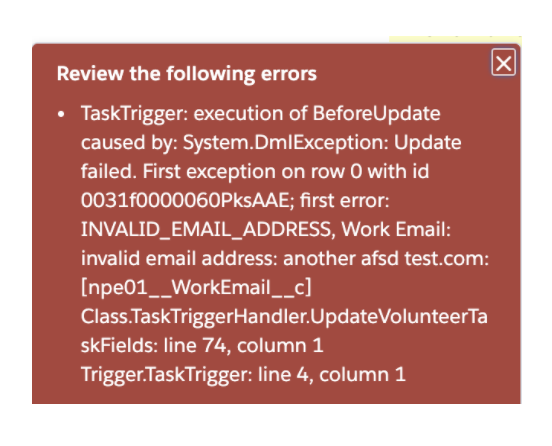
Lets say the root folder name is “test1”.Ĭreate “build.properties” from above code snippet or copy it from unzipped folder. # Use '' for production or developer edition (the default if not specified).Ĭopy all folders with source code from source organization using eclipse. #sf.metadataType = & amp lt Insert metadata type name for which listMetadata or bulkRetrieve operations are to be performed& amp gt #sf.zipFile = & amp lt Insert path of the zipfile to be retrieved& amp gt

#sf.pkgName = & amp lt Insert comma separated package names to be retrieved& amp gt Sf.password = & amp lt SFDCPasswrd& amp gt Sf.username = & amp lt SFDCUserName& amp gt # Specify the login credentials for the desired Salesforce organization Following is the structure of “build.properties” file. You can copy both files from “sample” folder of unzipped content from salesforce. As there is no need of “build.properties” however its good to have it so that the configuration related settings are in different file. To start with deployment using ANT, we will need “build.xml” and “build.properties” file. Copy the “ant-salesforce.jar” file from the unzipped file into the ant lib directory. Unzip the downloaded file to the directory of your choice. Login to salesforce and navigate to “Your Name |Setup | Develop | Tools” and download “ Migration tool”. In above screen you can see that before copying tools.jar I was getting warning. You can copy this jar from “JDK_HOME/lib/tools.jar” to “JRE/lib” folder. The path should be of parent folder of “bin”. Also add the “bin” folder to your path.Ĭheck whether ANT is installed or not properly by running command “ ant -version“. It might be possible that you receive message something like unable to find tools.jar. We are going to discuss the ANT based migration, step by step:




 0 kommentar(er)
0 kommentar(er)
